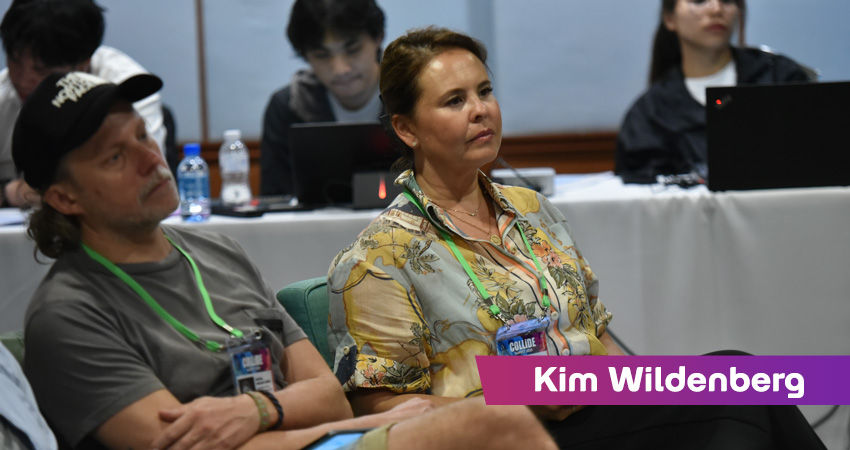
“Without
the need to ‘feed the machine’, we enjoy the creative freedom to produce work
that has a unique voice.”
A
thoughtful leader, Kim has crafted her boutique production company according to
her commitment to produce films that celebrate traditional filmmaking and
innovative craft using cutting-edge design, animation, visual FX and emerging
technology. As a producer, Kim has amassed a wide range of experience through
her previous roles as managing director of Exit Films, executive
producer at Psyop and Mill+, and in her early days as VFX
producer at Method Studios in Los Angeles and Fin Design in
Sydney.
She
has produced campaigns for Coca-Cola, Nike, Honda, the Oscars,
the White
House, Pepsi, Samsung, Qantas, Penfolds and many more,
with the most notable being an innovative interactive campaign, Google Through
the Dark. This was the most successful digital interactive project of the
year, receiving over fifty accolades at major international award shows and
festivals.
ADFEST: Boutique anything is
tough. Boutique production probably even more so. What are the advantages? What
keeps you strong?
Kim
Wildenburg: Running
a boutique model can be challenging, as it often requires wearing many hats. However,
the advantages far outweigh the complexities. At Sedona we take pride in our agile
approach, delivering both creative and production solutions with efficiency and
precision. Our personalised approach, means communication is direct and owner
led, enabling us to make swift decisions and respond quickly to client needs.
In today’s economic climate, competitive
pricing and cost efficiency are more important than ever. Our model allows us
to offer exceptional value on screen, ensuring that clients get more from their
budgets without the burden of inflated costs associated with high company
overheads.
We’re fortunate to have a loyal
client base, thanks to the consistency and dedication of our smaller, focused
teams and quality of output. This structure gives us a deeper understanding of
our clients’ brands and cultures, which strengthens the bonds we build –
something larger companies with higher staff turnover may struggle to achieve.
A boutique model also allows us
to prioritise quality over quantity of work. Without the need to ‘feed the
machine’, we enjoy the creative freedom to produce work that really resonates
with us and has a unique voice.
ADFEST: You are known for your
very high production standards. What for you determines great film craft?
Kim
Wildenburg: Thank
you for such generous and kind words. Great film craft is truly a team effort. While
the director’s vision is essential in creating a cinematic experience that
resonates emotionally with audiences, it’s a collaboration of all departments
that bring the vision to life. Starting with the client who entrusts the agency
creative directors and copywriters to craft an engaging script, right through
to cinematography and editing, to music, sound design, art direction and the
performance of the cast, support of the producer and entire crew. The campaign
has greater success when every department works seamlessly together. And of
course it makes for a far more enjoyable experience.
ADFEST: You’ve seen a lot of
changes in the production industry during your career. What do you think have
been the most impactful (good or bad)?
Kim
Wildenburg: It’s
refreshing to see a growing awareness around equality and diversity. The Commercial
Producer’s Council is actively educating its members on working with
underrepresented communities and many production companies are committed to
fostering sustainable production practices, to reduce the environmental impact
of filming and also ensuring that women are well represented in all areas of
our production.
The landscape has dramatically
shifted with tighter budgets and increasing expectations. Twenty years ago, when
I was producing in the US, budgets were extremely healthy both in terms of
financial resources and timelines. Today we have to be more resourceful than
ever, finding solutions that are not only efficient but also fast.
Agencies are increasingly bringing
production resources in-house, which is reducing the amount of work available
for production and post production companies and impacts opportunities for emerging
directors.
We are also seeing a rise in boutique
agencies, adopting an owner-led, agile approach, without the overheads of
larger companies.
As for shooting hours, crews are
no longer open to negotiating deals. With an 8 hour shoot day as our standard practice,
producers are feeling the pressure, especially as budgets shrink while
expectations continue to grow.
Lastly, the impact of AI on
filmmaking is becoming more pronounced as the technology continues to evolve.
Whether it’s copywriting, concept art, character creation, casting, music
composition or post production, it would be foolish not to embrace the efficiencies
that AI offers. However, thankfully nothing can replace the power of human
creativity and artistry! So, there’s still hope for the creative spirit to
thrive.
ADFEST: What do you look for in
new directors? What do you think they need to bring to their careers?
Kim
Wildenburg: Passion,
drive and talent are the core qualities that I look for in new directors. They
need to have the hunger and determination to put in the hard work. A unique and individual interpretation of a
script is crucial – it’s their vision and voice that will set them apart and
land them the opportunities. Equally important is a great attitude, a willingness
to listen, learn and collaborate, as well as the ability to foster strong relationships
with other creatives in their community.
ADFEST: Grand generalisation I know, but how do you rank production in APAC? (Feel free to single out countries) What is done well? What could be improved?
Kim Wildenburg: When it comes to production in APAC, there are certainly some standout countries that consistently impress. Having spent 12 years working on high-profile campaigns in the US, I was spoiled with large budgets, big crews, and healthy timelines, so transitioning back home was a real learning curve. I had to become more resourceful, solving problems both creatively and financially. The local crews are world class, hard-working, incredibly talented and there is a nice sense of comradery. I’ve also had very positive experiences filming in countries such as Thailand where the quality of crews, set builds, production efficiencies, and talent costs have been exceptional.
In terms of the creative quality, I’ve had the privilege of judging numerous global award shows, and seen some fantastic work emerge from the region. Japan, for example, consistently produces visually stunning and unique creative work. Thailand’s comedy is another standout—quirky, bold and refreshing. New Zealand creative tends to take more risks which ultimately pay off and I’m loving seeing the uptick in animation work in Australia which stands out from traditional advertising.
One area
I’d love to see progress is the standardisation of a 10-hour work day for crew
in Australia. Having to accommodate overtime after 8 hours, is challenging and
unfortunately, we often have to consider shooting offshore to make budgets
work, which impacts our local industry and economy.
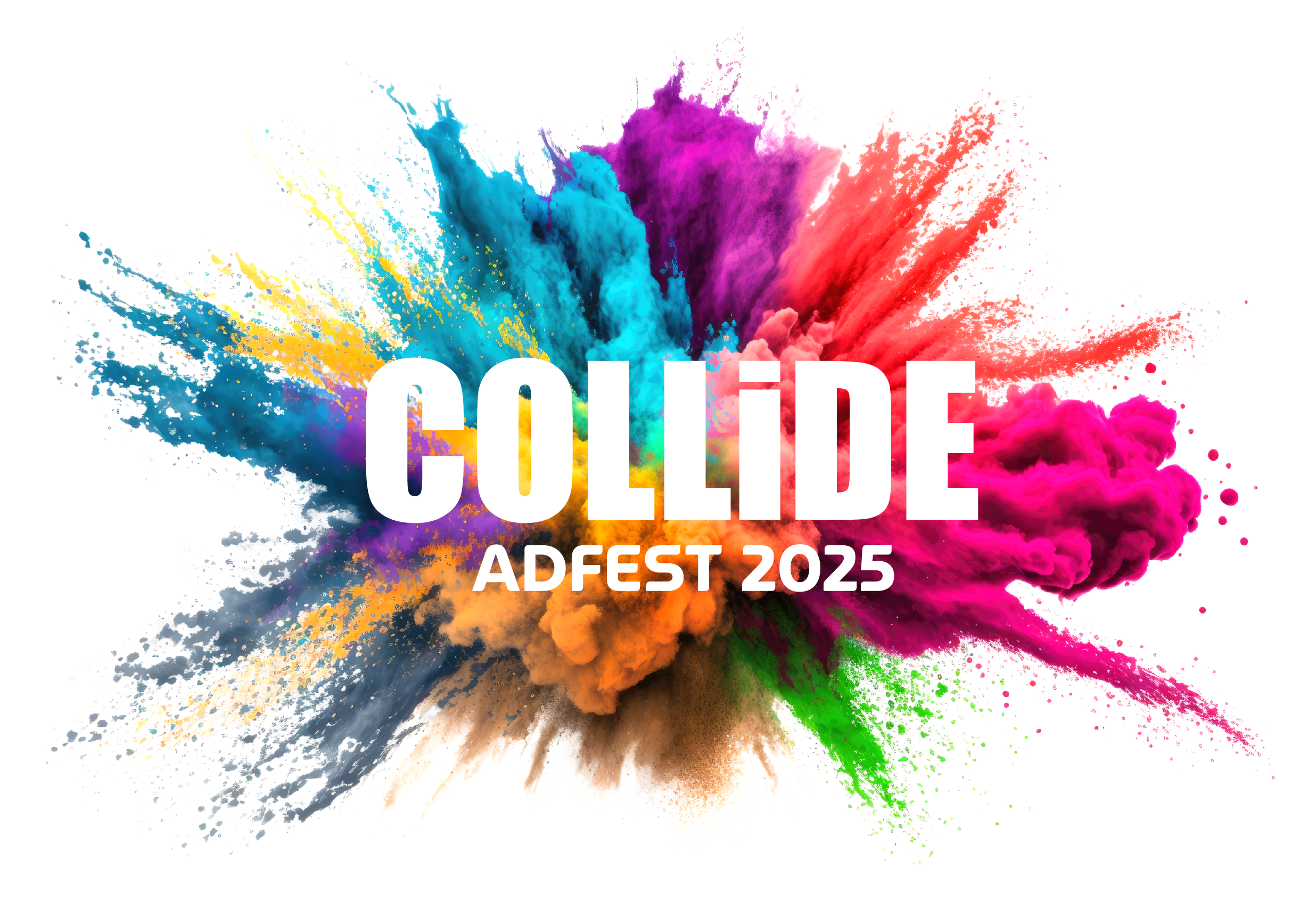





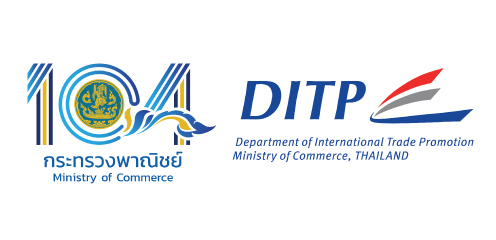
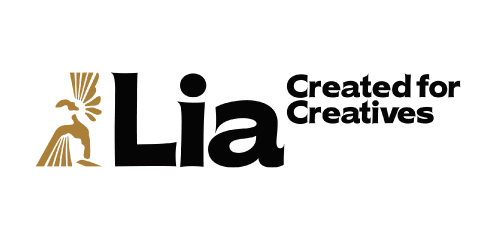
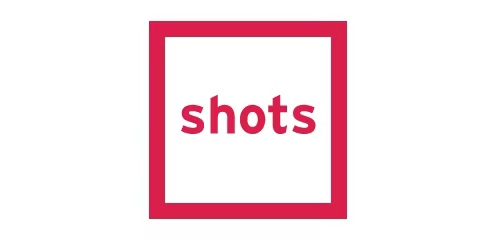
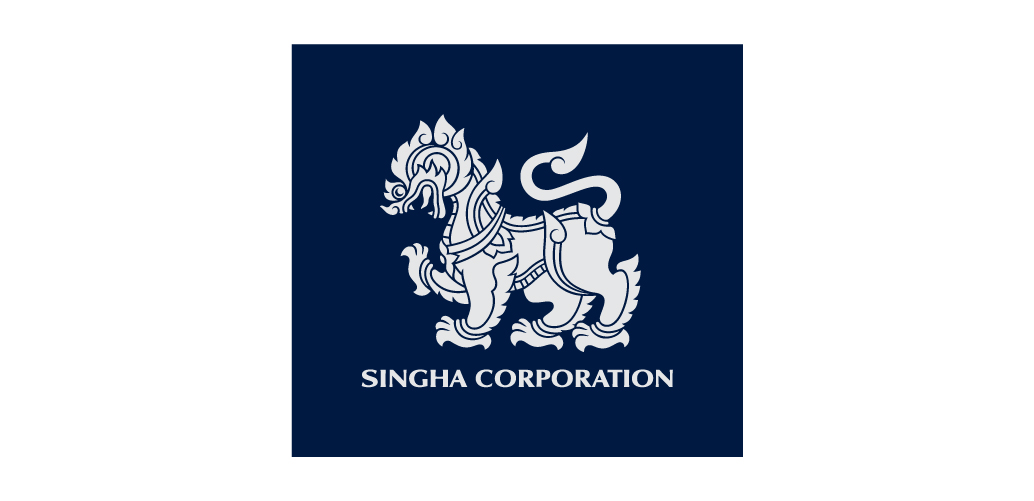
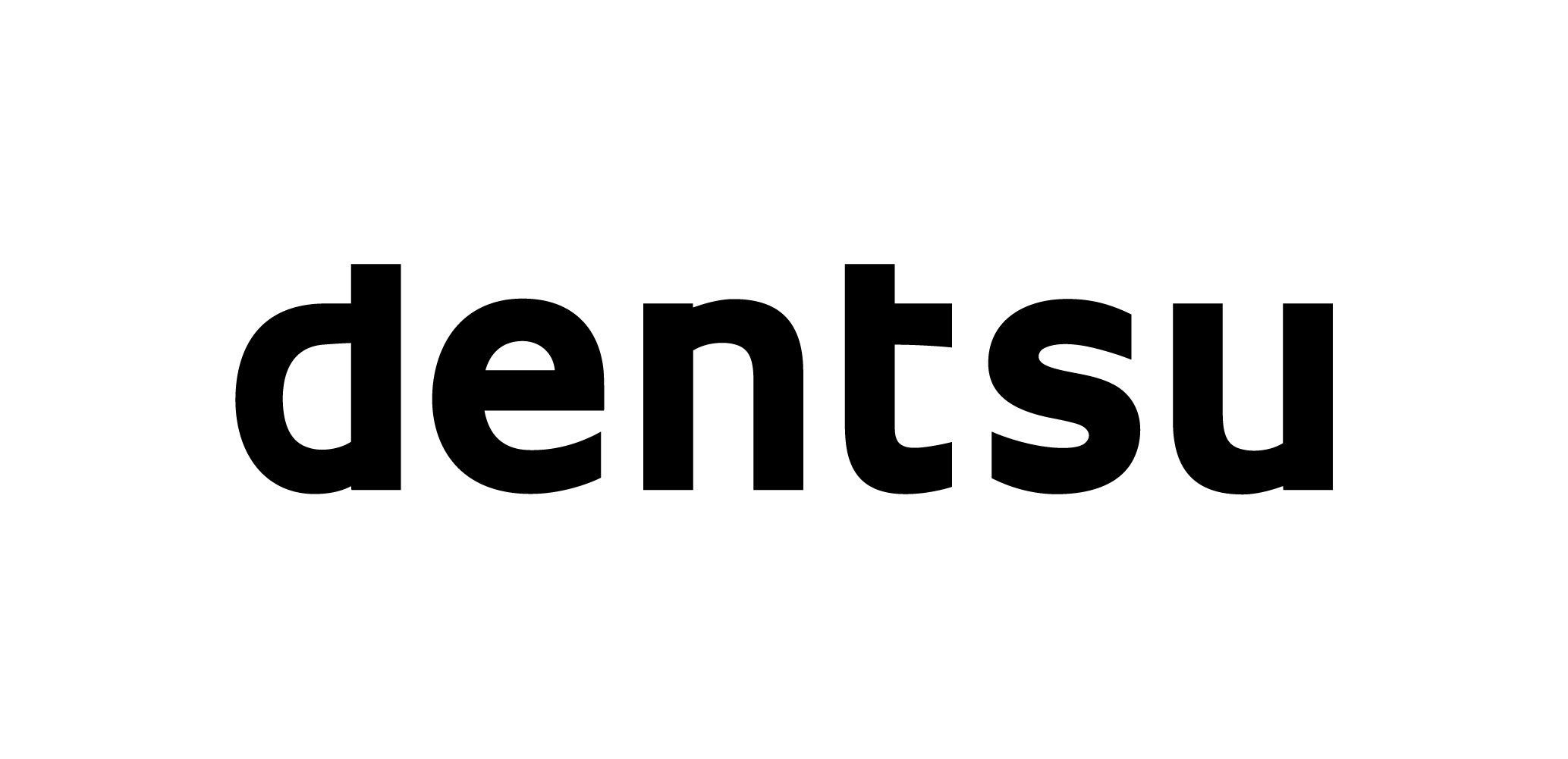
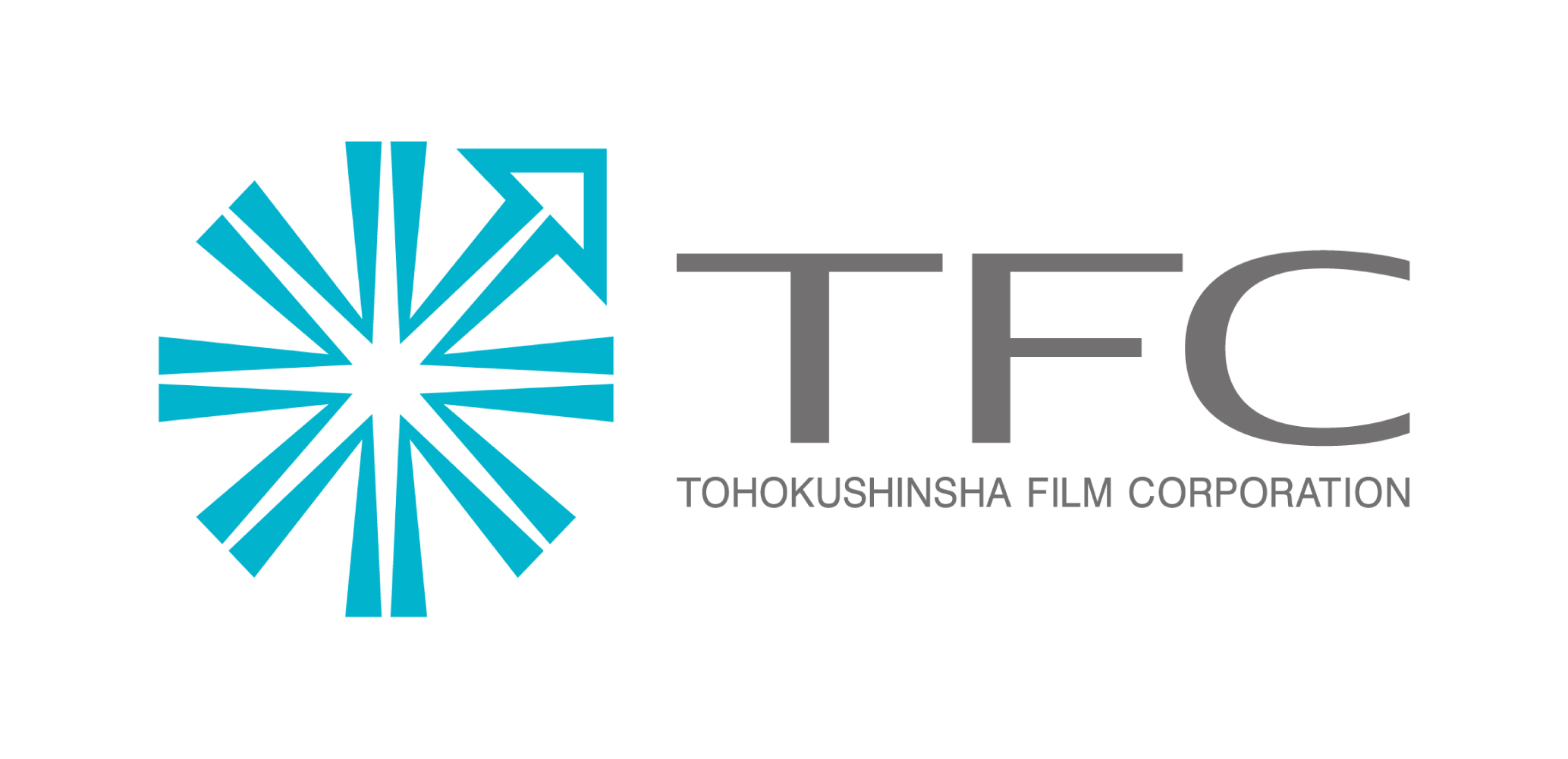
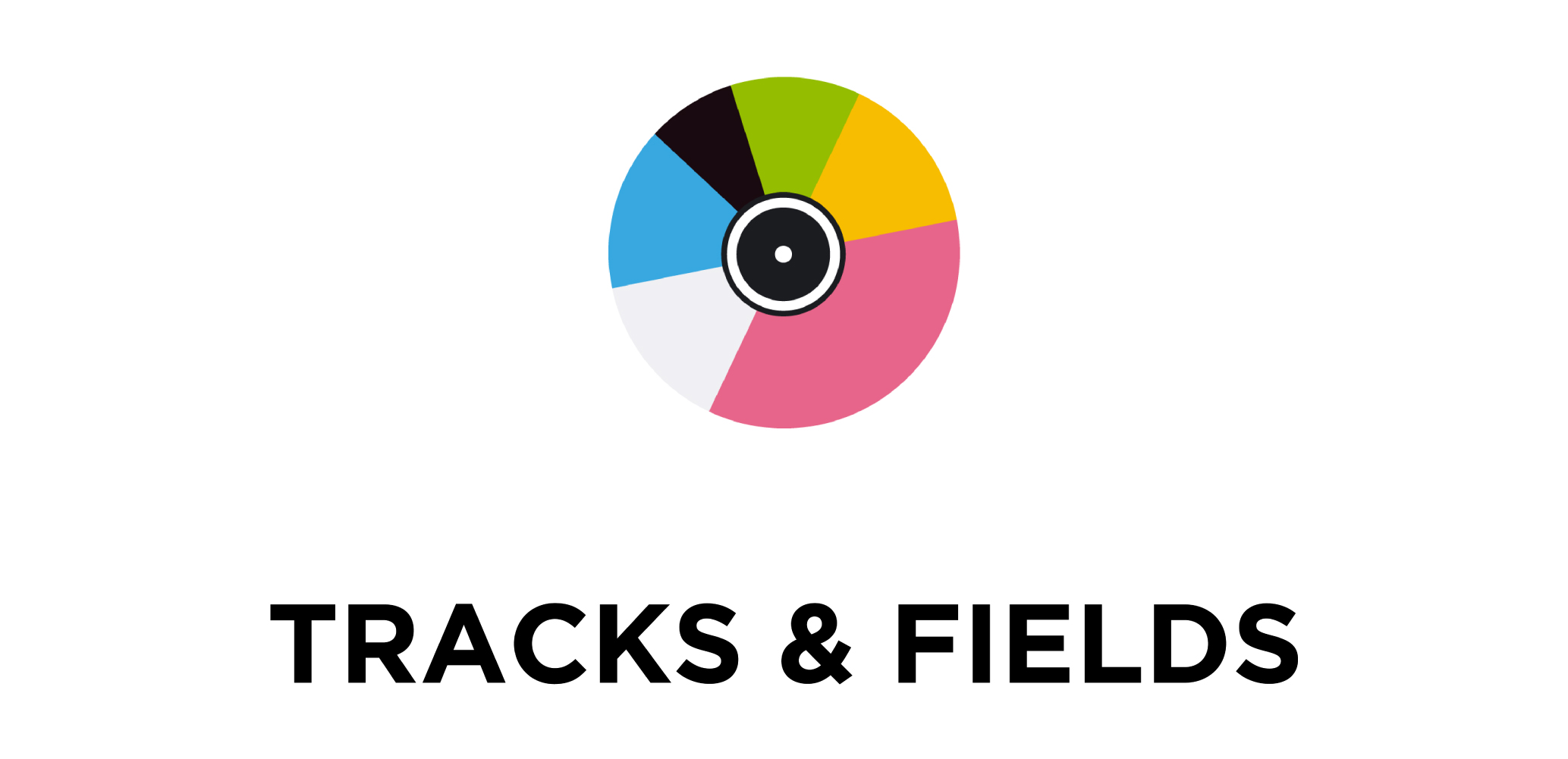
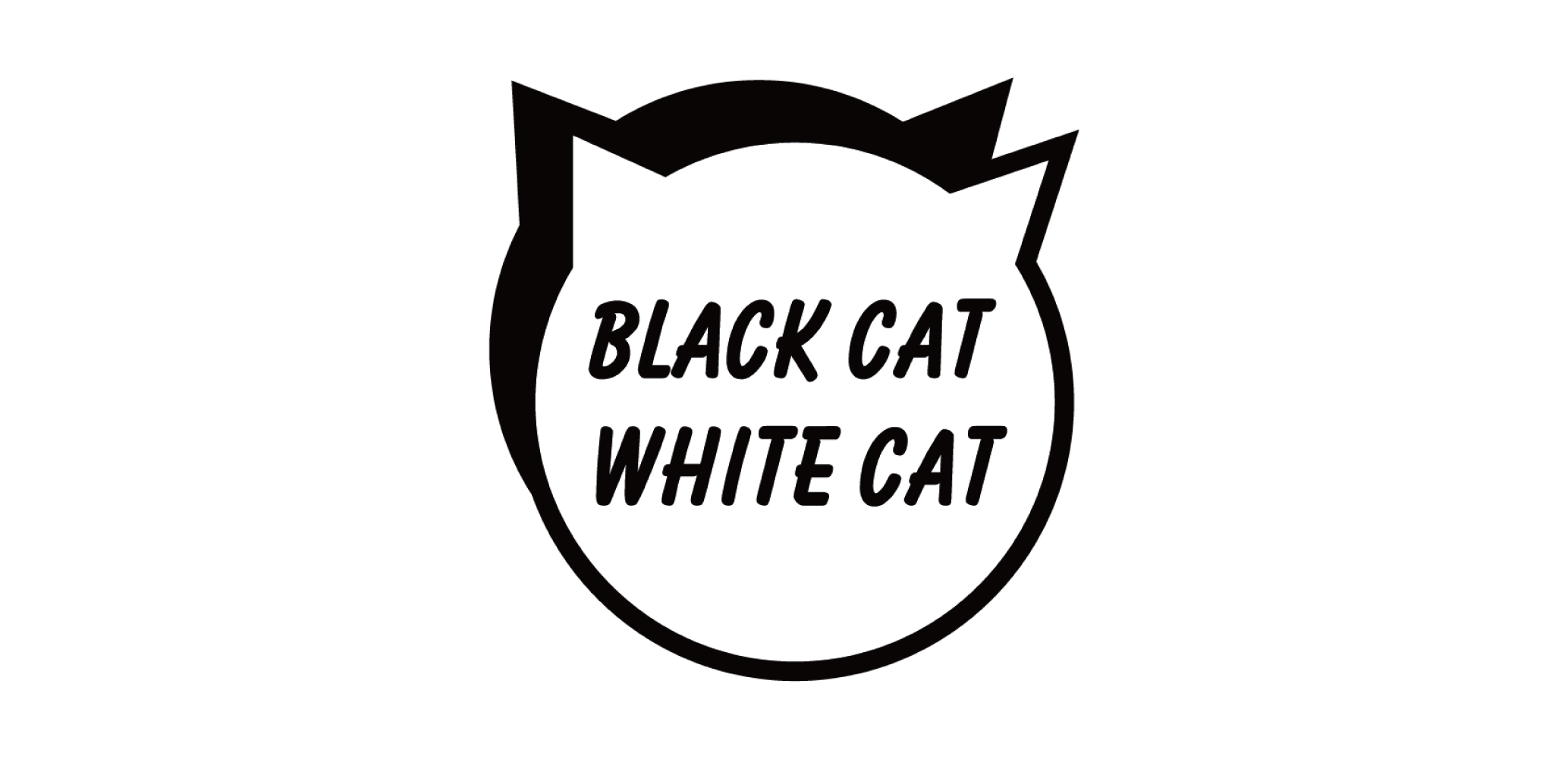

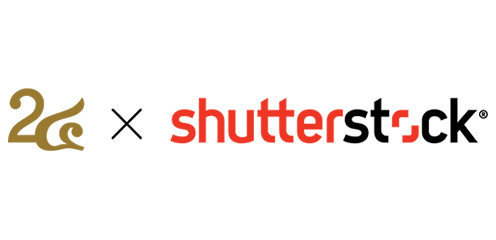
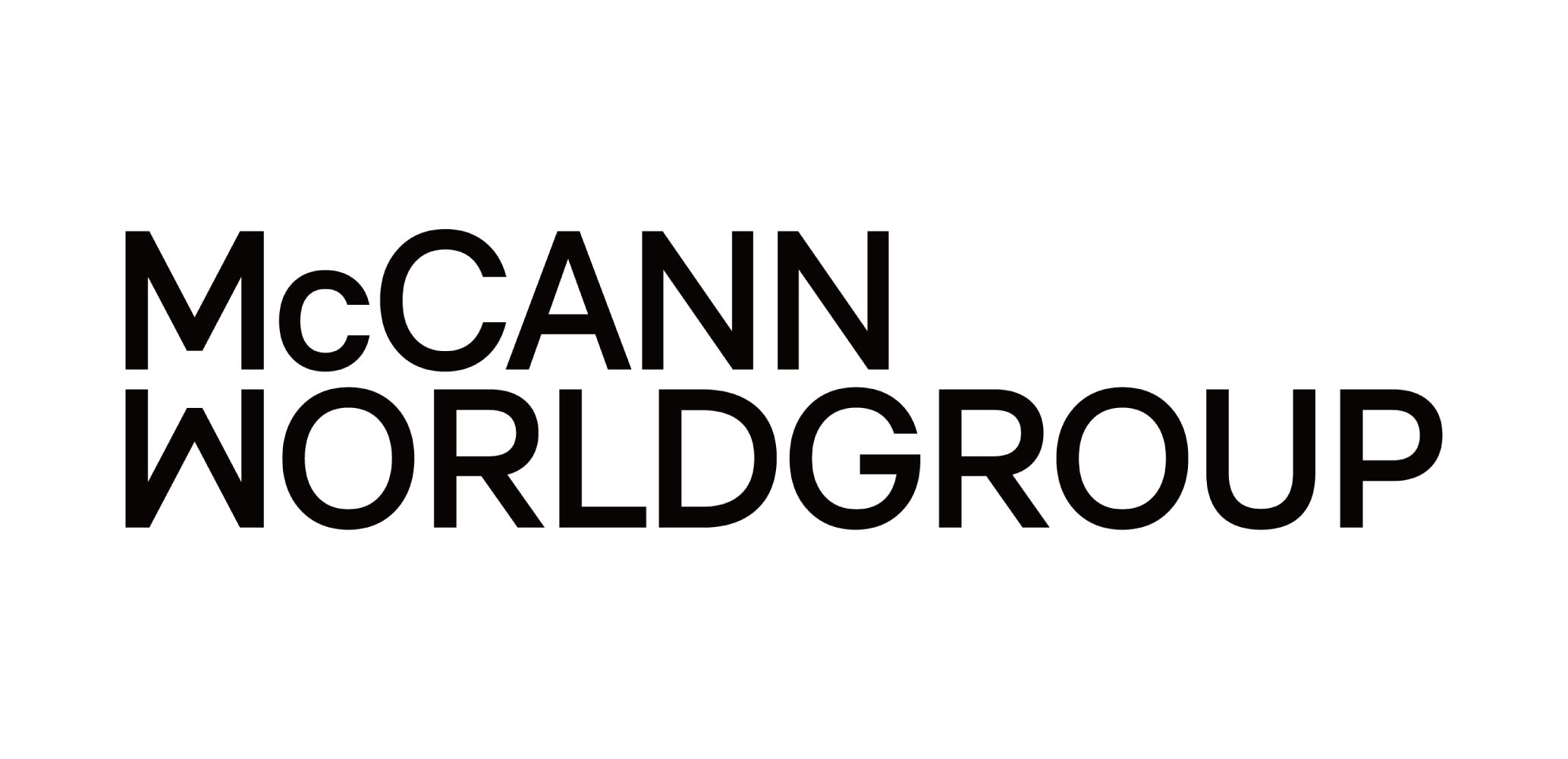
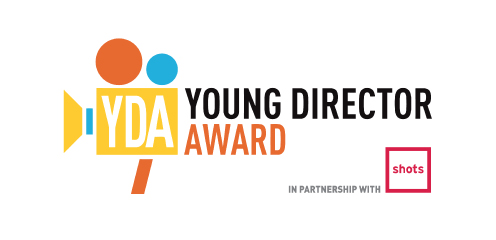
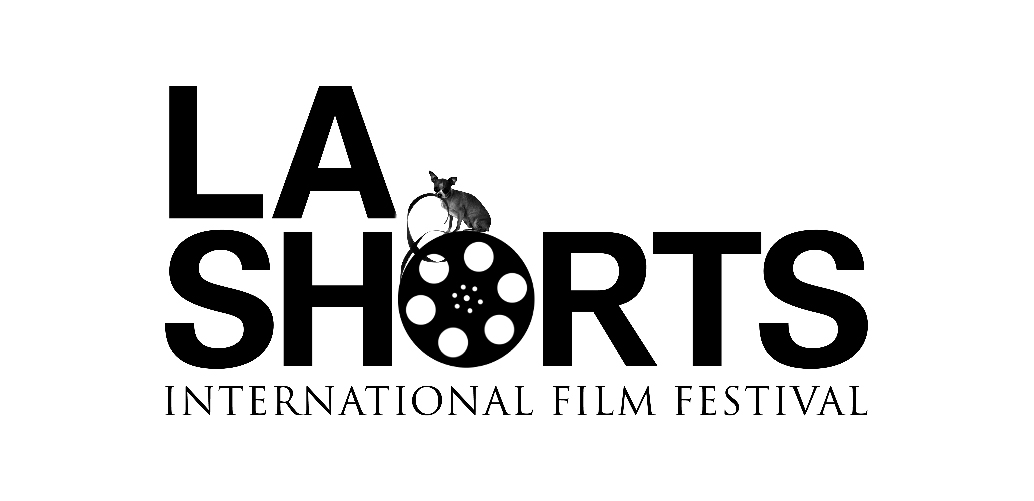

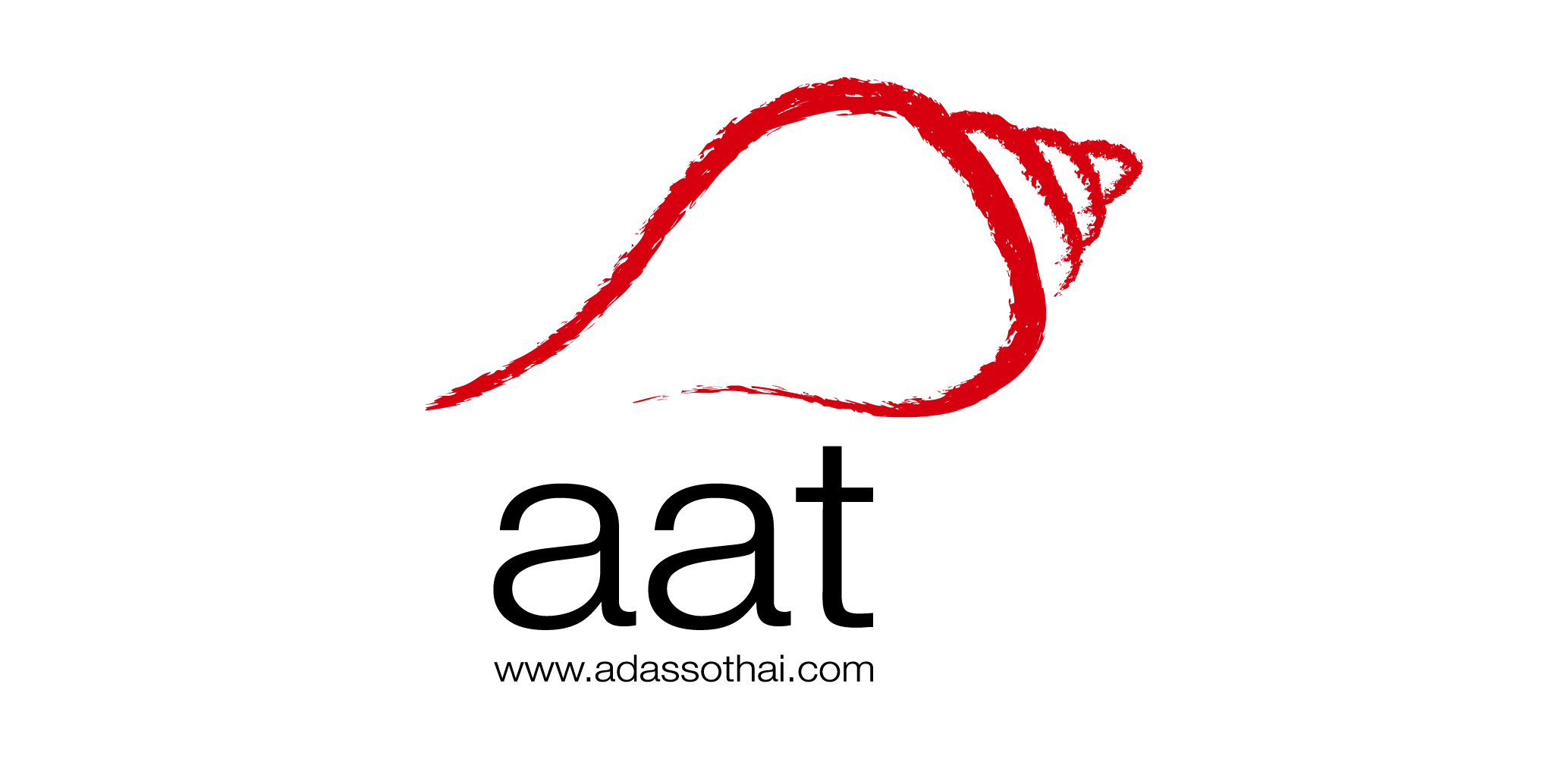
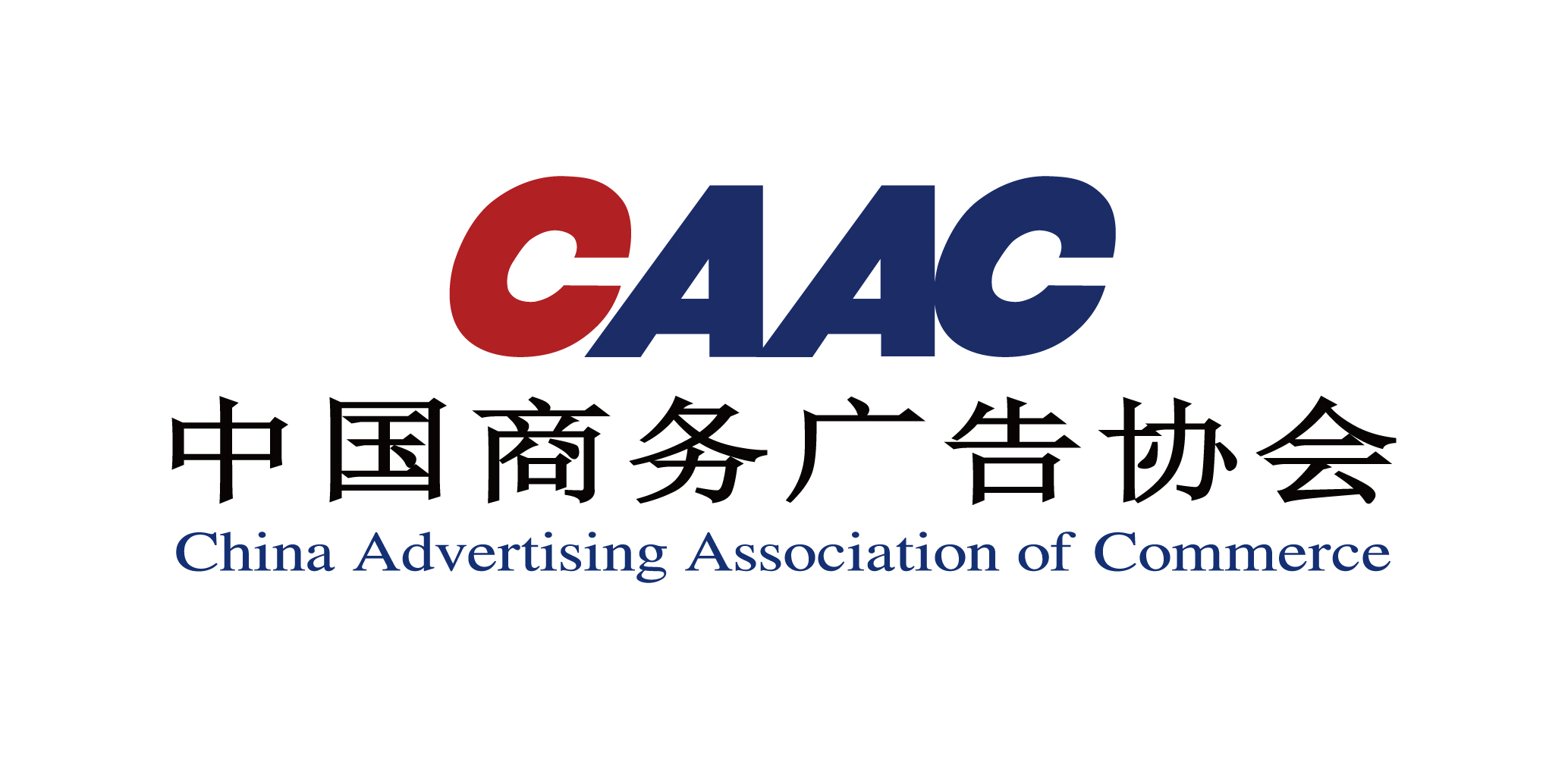

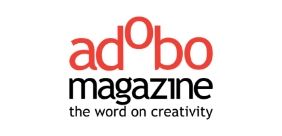

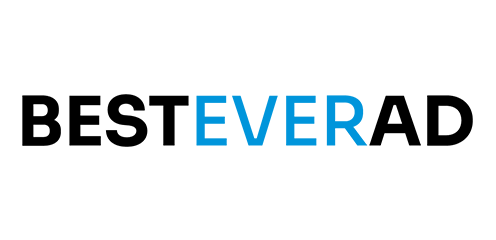
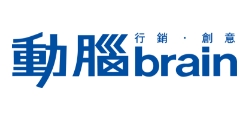
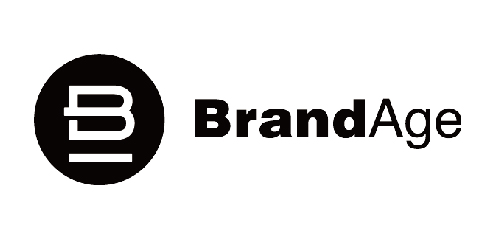

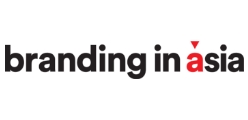
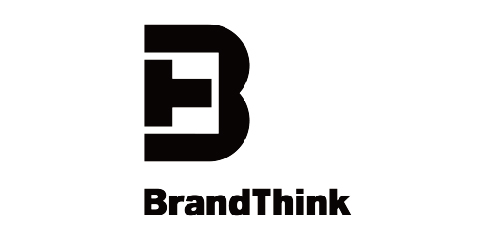
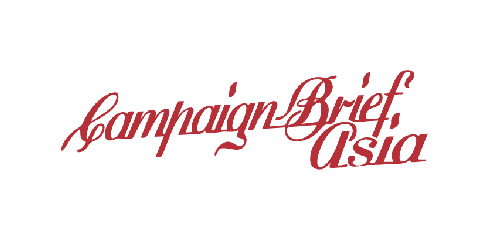
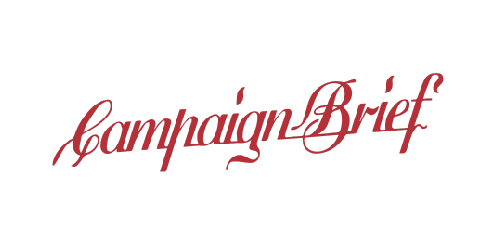
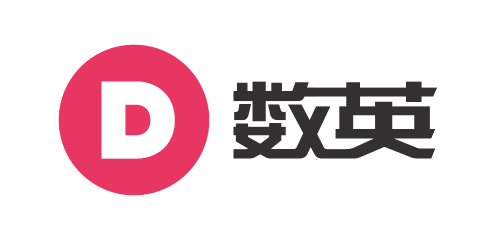
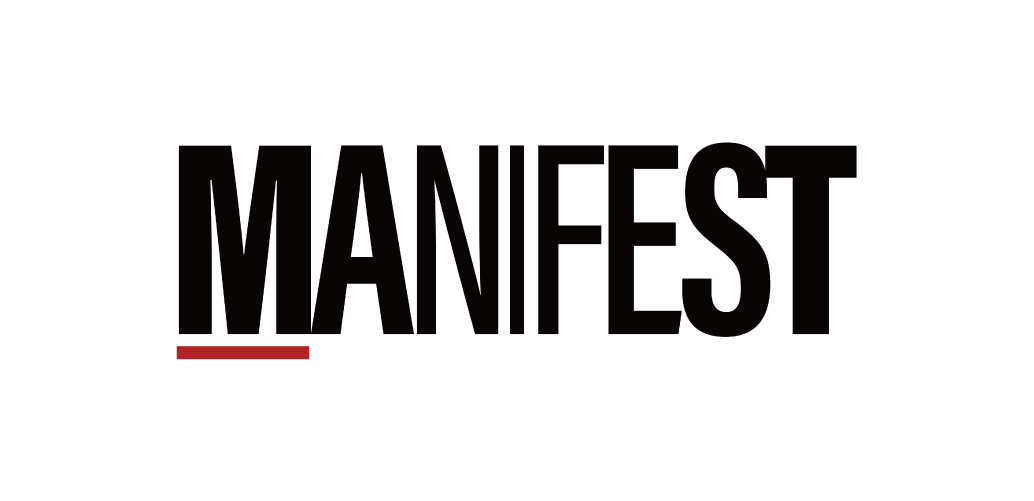
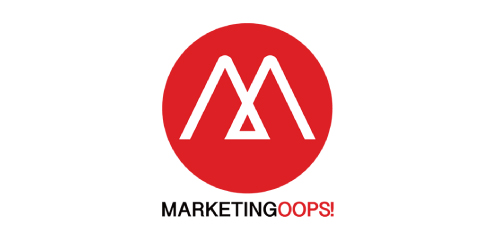

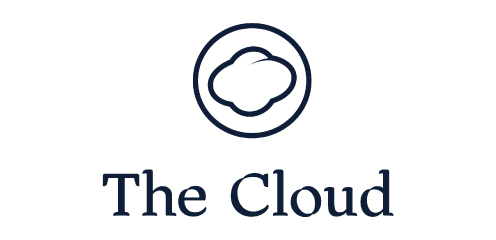

.png)
.png)
.png)
